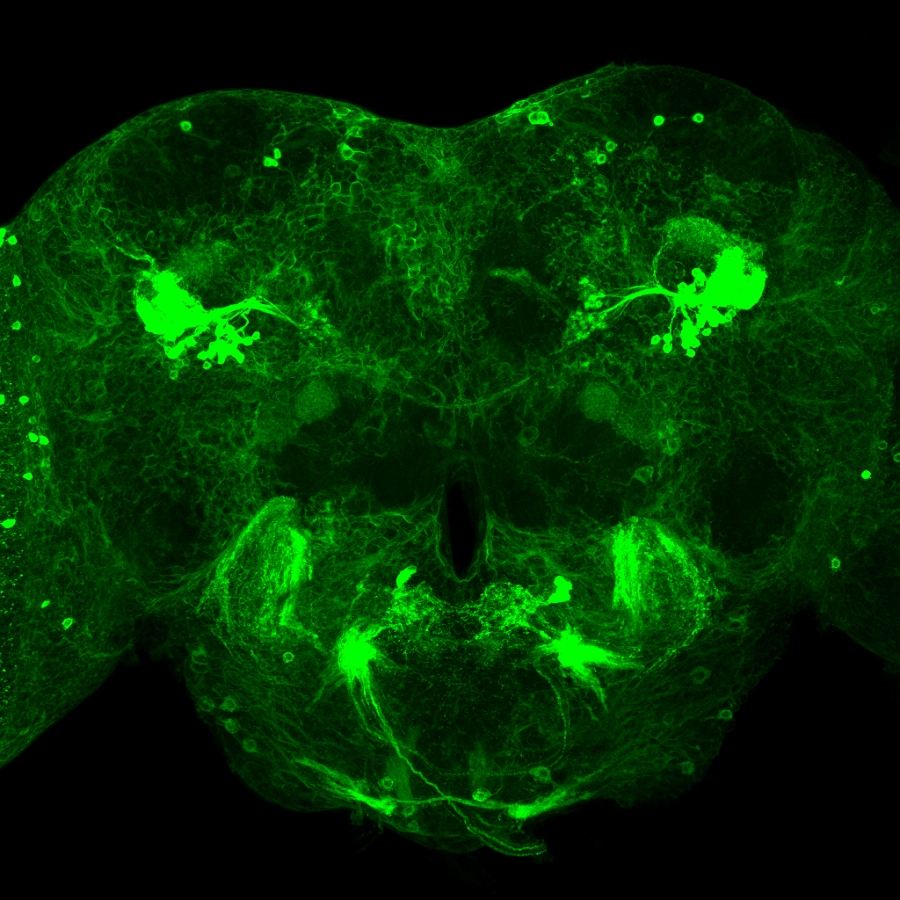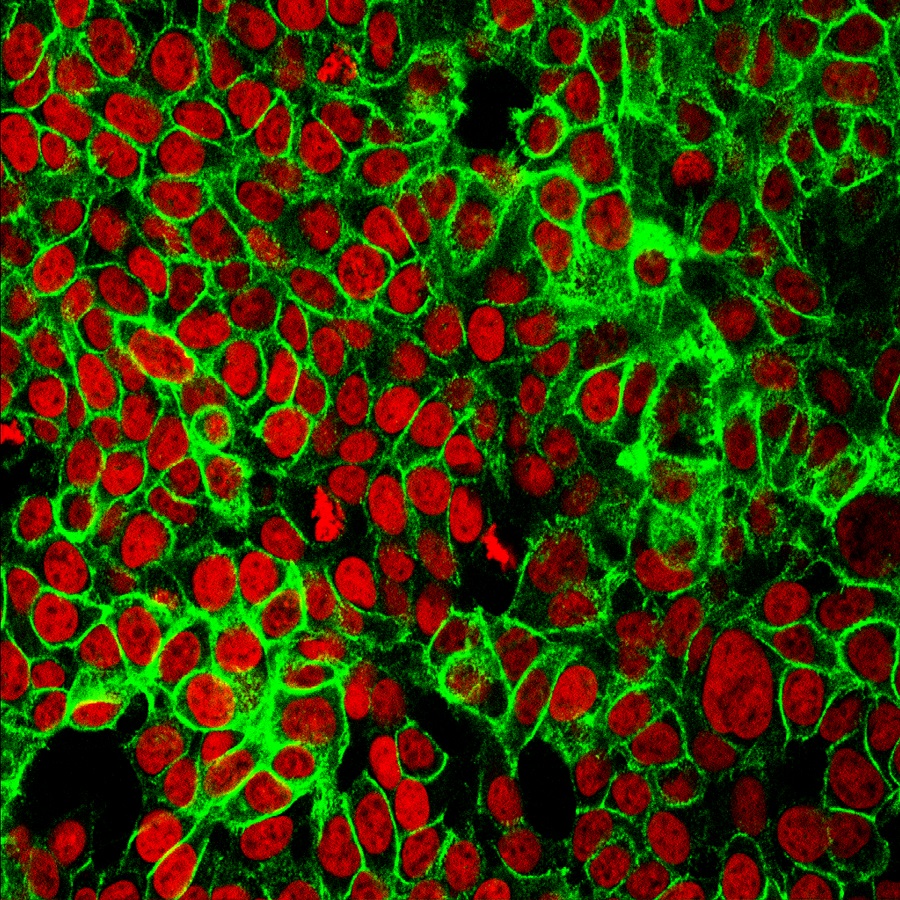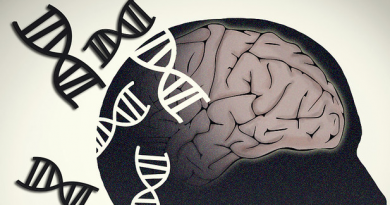Gene Rev-erb in the brain sets the rhythm of the liver’s response to insulin
When Dr. Zheng Sun and his colleagues began this project, they did not know where it was going to lead them. Their initial goal was to investigate the function of the Rev-erb gene in the brain.

“We are interested in this gene because it is a ‘druggable’ component of the circadian clock with potential applications in the clinic. Rev-erb is expressed only during the day but not at night,” said Sun, associate professor of medicine-endocrinology, diabetes and metabolism at Baylor.

Unexpectedly, their findings provide an explanation for dawn phenomenon, an abnormal increase of blood sugar only in the morning, observed in many patients with type 2 diabetes. The molecular mechanism that underlies this temporal pattern has been unclear, but the work by Sun and his colleagues not only points at a mechanism but also opens the possibility of new approaches to control diabetes.
To investigate the role Rev-erb might play in dawn phenomenon, the researchers first developed a mouse model by knocking out the Rev-erb gene, specifically in GABA neurons in a particular brain area called the suprachiasmatic nucleus. They chose this approach because the gene is highly expressed in this brain are that is mainly composed of GABA neurons.
An unexpected finding
“We observed something very interesting in these mice,” Sun said. “They were glucose intolerant – that is they had high glucose levels – only in the evening. Mice are nocturnal, meaning that they become active in the evening as people do in the morning.”
When the body awakes and takes in food, insulin is secreted from the pancreas to signal the body to lower blood sugar. Insulin is more effective in doing this job upon waking than at other times of the day. This high insulin sensitivity occurs probably because the body is anticipating feeding behaviors upon waking up. In mice, high insulin sensitivity occurs in the evening, while in people it occurs in the morning.
Sun and his colleagues found that the abnormal higher glucose levels observed in the evening in Rev-erb knockout mice resulted from an insufficient suppression of liver glucose production by insulin.
Their data demonstrate an essential role of neural Rev-erb in regulating the hepatic insulin sensitivity rhythm independent of eating behaviors or basal hepatic glucose production.
Next, the researchers looked to understand how defects in Rev-erb gene expression in the brain can result in changes in the ability of the liver to respond to insulin. They discovered that the suprachiasmatic nucleus (SCN) GABA neurons in Rev-erb knockout mice had a higher firing activity than those neurons of normal mice when the animals woke up, and that this neuronal hyperactivity was sufficient and necessary to cause glucose intolerance in the evening. In normal mice, these GABA neurons drop their firing activity in the evening, lowering sugar blood levels.
When the researchers re-expressed Rev-erb back in the knockout mice, they found that Rev-erb expression is only needed during the day, but not needed at night, which is in line with the highly oscillatory expression pattern of endogenous Rev-erb in normal condition.
Connecting with dawn phenomenon
Mice having higher glucose levels in the evening reminded Sun and his colleagues of dawn phenomenon observed in people with type 2 diabetes. “Given the similarities of the phenomenon in mice and people, we thought that maybe this gene that we are studying could be linked to the biology of dawn phenomenon in diabetic patients,” said Sun, a member of Baylor’s Dan L Duncan Comprehensive Cancer Center and the Huffington Center on Aging.
In collaboration with Qilu Hospital of Shandong University in China, the researchers followed 27 type 2 diabetes patients with continuous glucose monitoring. They found that, although the patients had diabetes with similar severity in terms of their basal glucose levels, obesity and other parameters, about half of the patients had dawn phenomenon while the other half did not.
“We collected the patients’ blood at different times of the day and determined the expression of the Rev-erb gene in white blood cells, which has been reported to correlate well with the expression of the gene in the central clock in the brain,” Sun said. “Interestingly, we found that the gene’s expression followed a temporal pattern that was different between those with dawn phenomenon and those without,” Sun said.
The researchers propose that Rev-erb regulates the rhythmic expression of genes that are involved in neurotransmission in the suprachiasmatic nucleus (SCN) in the brain and modulates the oscillatory firing activity of SCN-GABA neurons.
“Our findings suggest that the altered temporal pattern of expression of this gene may explain dawn phenomenon in people,” Sun said. “It is possible that, in the future, a drug might be used to regulate this gene to treat the condition.”
Find the publication, the complete list of contributors and the financial sources of support for this work in the journal Nature.



